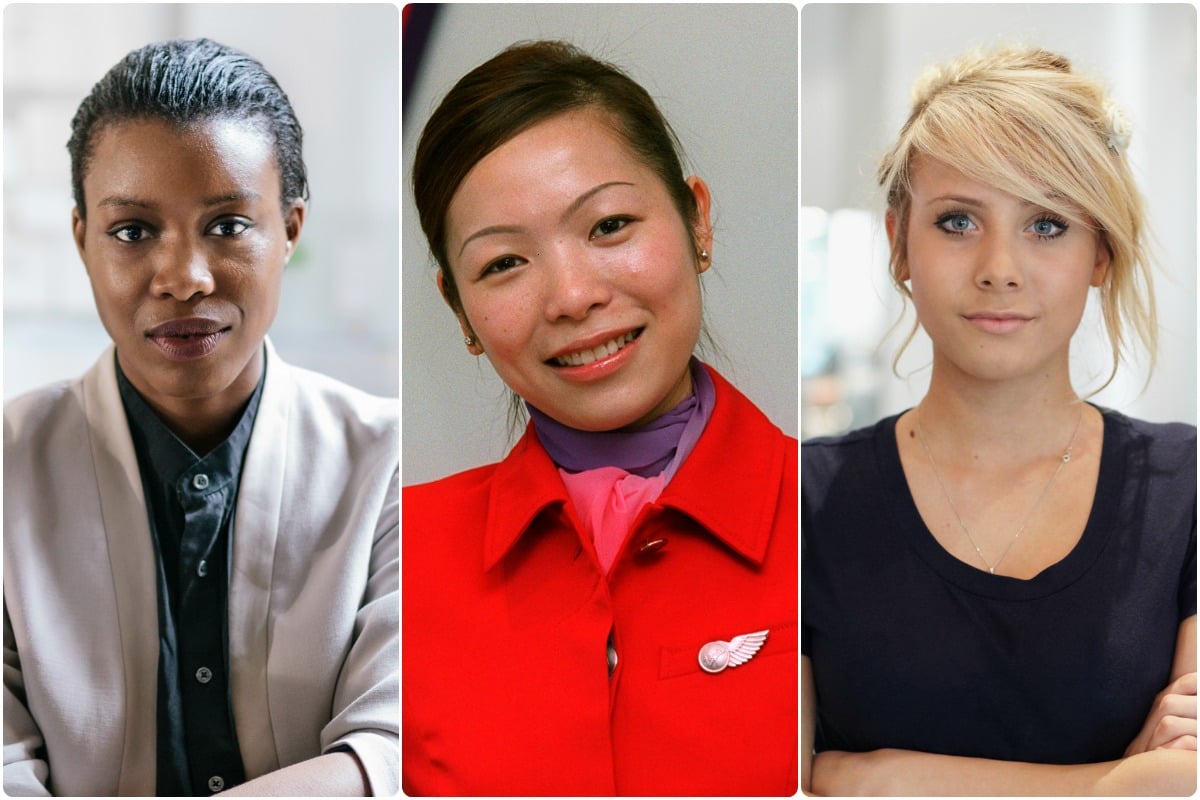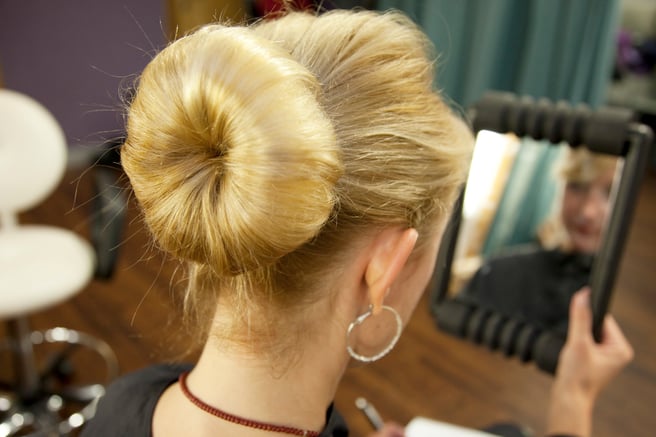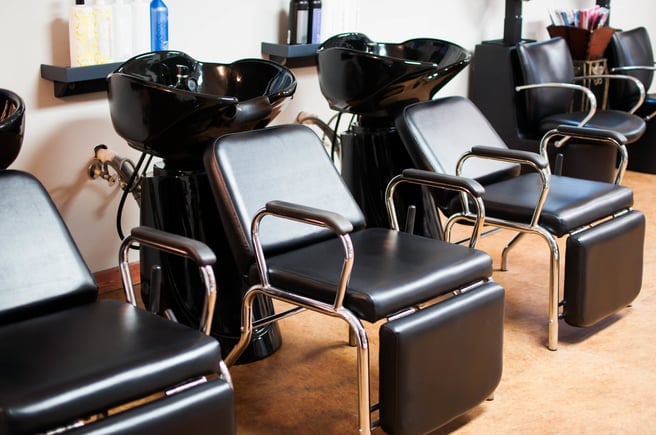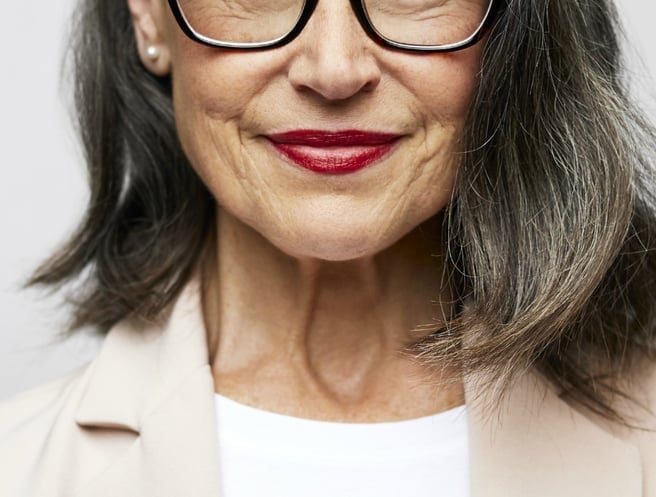
The images used in this article are stock photos.
For those who grow up to be nurses or police officers or flight attendants, wearing a uniform is part of the gig they sign up for. In fact, wearing the scrubs, or donning the blue, is often part of the appeal.
But the benefits of dressing like your colleagues can quickly be overshadowed when those "dress codes" start to blatantly ignore racial differences, body types and sexes.
Take fashion label Zimmerman this week. A grooming guide from the Australian fashion house was leaked by Diet Prada on Instagram, outlining strict styling rules that prohibit high buns, top knots, plaits and braids - basically making it impossible for black employees to wear their hair naturally.
LISTEN: Mamamia Out Loud discussed work dress codes on the show this week. Post continues after podcast.
The presentation guide - which circulated until September 2019 - featured no men or women of colour, and specified that hair must be "soft, textured loose waves, or blow dried straight".
We asked the Mamamia community about their own experiences with "work uniforms" and they shared some insanely outrageous requests.
Take the airline industry. Anyone who has been on a plane of any type knows that flight attendants are required to abide by a certain set of guidelines. But those guidelines are so much more strict that many of us might assume.
As Katie explains, every airline has a "look book" which includes approved hairstyles, with our own national carriers Virgin and Qantas only accepting ponytails up to 30cm in length.



